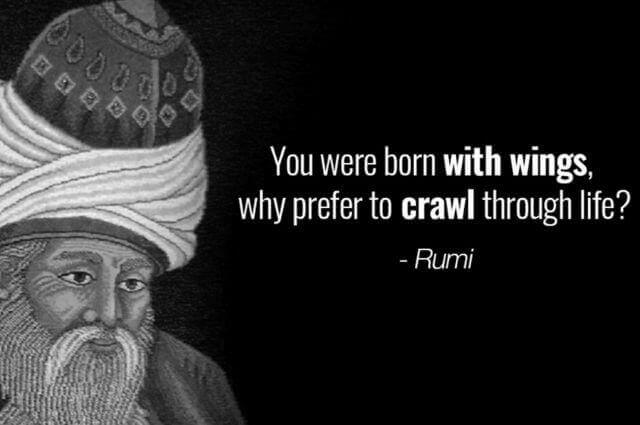Health & Fitness
Combining Physical Therapy with Chiropractic Care for Spinal Rehabilitation

Spinal health is a critical component of overall well-being, and when it’s compromised, it can lead to debilitating back pain, limited mobility, and a significant impact on quality of life.
In such cases, a comprehensive and holistic approach to spinal rehabilitation is essential. Combining chiropractic care and physical therapy offers a powerful synergy that can effectively address the root causes of spinal issues and promote optimal musculoskeletal function.
Chiropractic care is a specialized healthcare field that focuses on the intricate relationship between the spine and the nervous system.
Chiropractors are trained to diagnose and treat musculoskeletal disorders through spinal adjustments, which aim to correct misalignments and restore proper mobility and function.
By addressing the underlying causes of spinal dysfunction, chiropractors optimize the body’s biomechanics and enhance overall musculoskeletal function.
Physical therapy, on the other hand, complements chiropractic care by addressing the muscular and functional aspects of spinal rehabilitation.
Physical therapists specialize in evaluating and treating movement disorders, utilizing techniques like non-surgical spinal decompression, therapeutic exercises, and manual therapy to improve strength, flexibility, and mobility.
Understanding Chiropractic Care and its Role in Spinal Rehabilitation
Chiropractic care is a specialized field of healthcare that focuses on the health and alignment of the spine.
Chiropractors, also known as chiropractic physicians, utilize adjustment therapy, or spinal manipulation, to correct misalignments in the spine and restore proper functionality to the musculoskeletal system.
This holistic approach to healthcare not only alleviates back pain but also promotes overall wellness by enhancing spine health. By addressing the root causes of back pain, chiropractic care aims to improve musculoskeletal health, which plays a crucial role in the overall function of the body.
During a chiropractic session, the chiropractor will perform a thorough examination of the patient’s spine to identify any misalignments or subluxations. This assessment helps the chiropractor develop a personalized treatment plan to address the specific needs of the patient.
Through gentle and precise adjustments, the chiropractor applies targeted pressure to the spine to restore proper alignment and reduce nerve interference. By realigning the spine, chiropractic care enhances nervous system function, which can greatly impact overall health and well-being.
Chiropractic care is not only effective for back pain relief but also for improving a range of musculoskeletal conditions such as neck pain, headaches, and joint pain. By restoring proper spine alignment, chiropractic care aims to optimize the body’s ability to heal itself naturally.
Chiropractic care plays a crucial role in spinal rehabilitation by focusing on the health and alignment of the spine. By utilizing adjustment therapy, chiropractors aim to correct misalignments and restore proper functionality to the musculoskeletal system. This holistic approach not only provides back pain relief but also promotes overall wellness by enhancing spine health.
Enhancing Spinal Rehabilitation with Physical Therapy
Physical therapy techniques play a crucial role in enhancing the effectiveness of spinal rehabilitation when combined with chiropractic care.
One such technique is non-surgical spinal decompression, which specifically targets areas of the spine that require additional attention.
This gentle and non-invasive treatment relieves pressure on the spinal discs, promotes healing, and improves overall spinal stability.
Non-surgical spinal decompression is particularly beneficial for individuals experiencing back pain and seeking a non-surgical alternative. The treatment creates a negative pressure within the disc, which helps retract herniated or bulging discs, thus reducing pain and facilitating the healing process.
By addressing the root causes of back pain, non-surgical spinal decompression enhances the outcome of spinal rehabilitation.
When coupled with chiropractic adjustments, physical therapy can further accelerate the recovery process. Chiropractic care ensures proper alignment of the spine, while physical therapy strengthens the supporting muscles and improves flexibility.
This combination optimizes the effectiveness of spinal rehabilitation, leading to long-lasting results.
Whether you are recovering from a spinal injury or managing chronic back pain, considering physical therapy, including non-surgical spinal decompression, as part of your treatment plan is essential.
Speak to your chiropractor or healthcare provider to explore how physical therapy can enhance your spinal rehabilitation and improve your overall well-being.
Conclusion
By combining chiropractic care and physical therapy, individuals undergoing spinal rehabilitation can experience a comprehensive approach to their musculoskeletal health.
This integrated treatment plan not only targets the root causes of back pain but also improves spine health and promotes holistic wellness.
Chiropractic care focuses on ensuring the alignment and functionality of the spine, providing relief from back pain, and improving overall musculoskeletal health.
By correcting misalignments through spinal manipulation, chiropractors enhance spine health and optimize the body’s natural healing abilities.
Physical therapy techniques, such as non-surgical spinal decompression, further enhance the benefits of chiropractic care. Non-invasive and gentle, spinal decompression helps relieve pressure on the spinal discs, promotes healing, and improves overall spinal stability.
When combined with chiropractic adjustments, physical therapy can accelerate the recovery process and maximize the effectiveness of spinal rehabilitation.
If you are experiencing back pain or seeking to optimize your spine health, consider incorporating both chiropractic care and physical therapy into your treatment plan.
By taking a holistic approach to your musculoskeletal health, you can address the root causes of your pain, enhance your spine health, and promote overall holistic wellness.
-

 Lifestyle3 months ago
Lifestyle3 months ago7 Daily Habits to Elevate Your Dental Care Routine
-

 Lifestyle3 months ago
Lifestyle3 months agoBenefits Of Amla Juice For Weight Loss
-

 Growth2 months ago
Growth2 months agoThe Hero’s Journey: Transformative Questions for Success?
-

 Books2 months ago
Books2 months ago10 Life-Changing Lessons from ‘Atomic Habits’ by James Clear
-

 Mental Health3 months ago
Mental Health3 months agoBenefits of Undergoing Genetic Testing for Mental Health
-

 Relationship3 months ago
Relationship3 months agoMemorial Tree for a Beloved: Celebrate the Legacy of a Life
-

 Growth2 months ago
Growth2 months agoHow Cognitive Biases Affect Our Decision-Making Process
-

 Travel3 months ago
Travel3 months agoMindset Peaks: The Mental Benefits of Trekking Explained




















